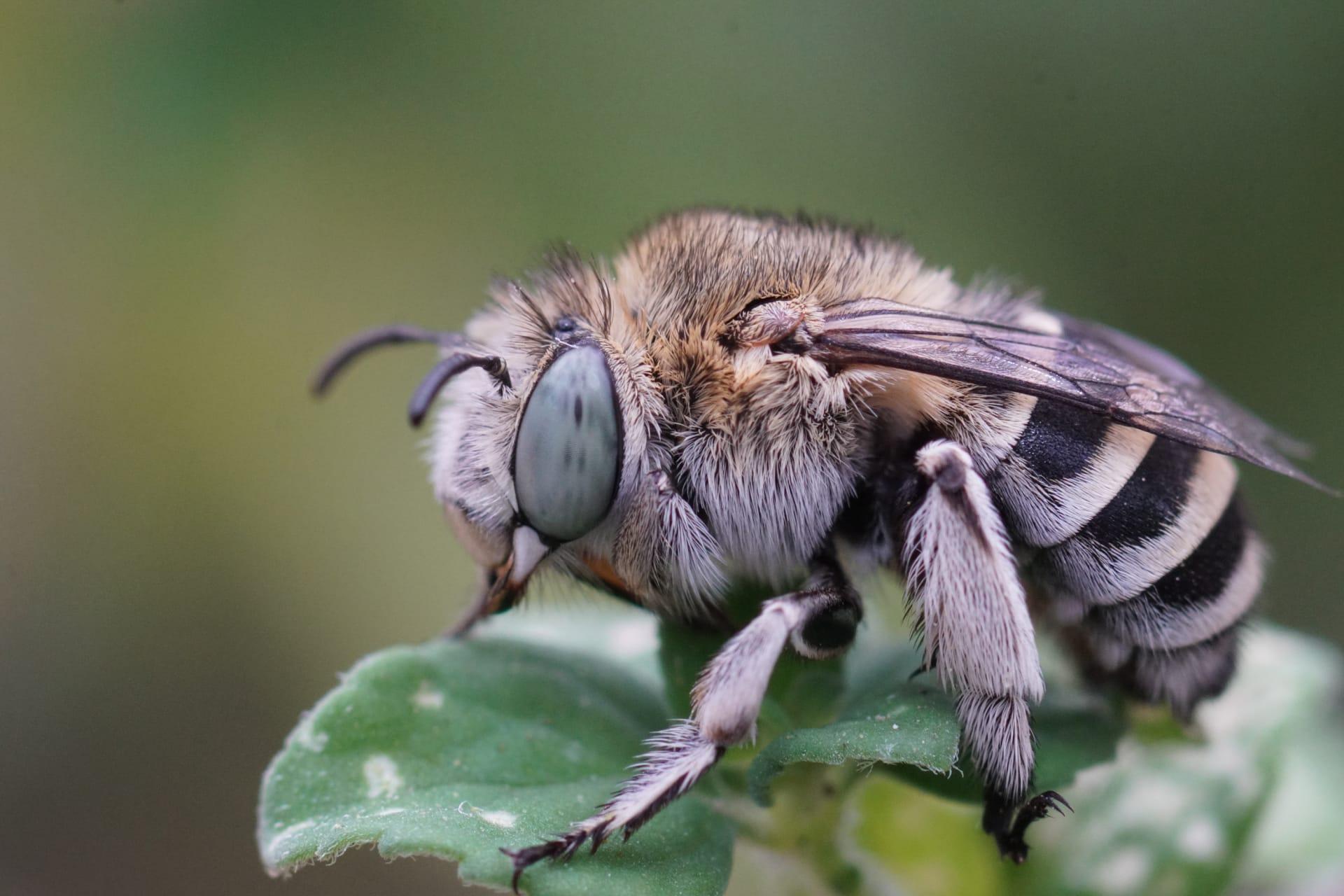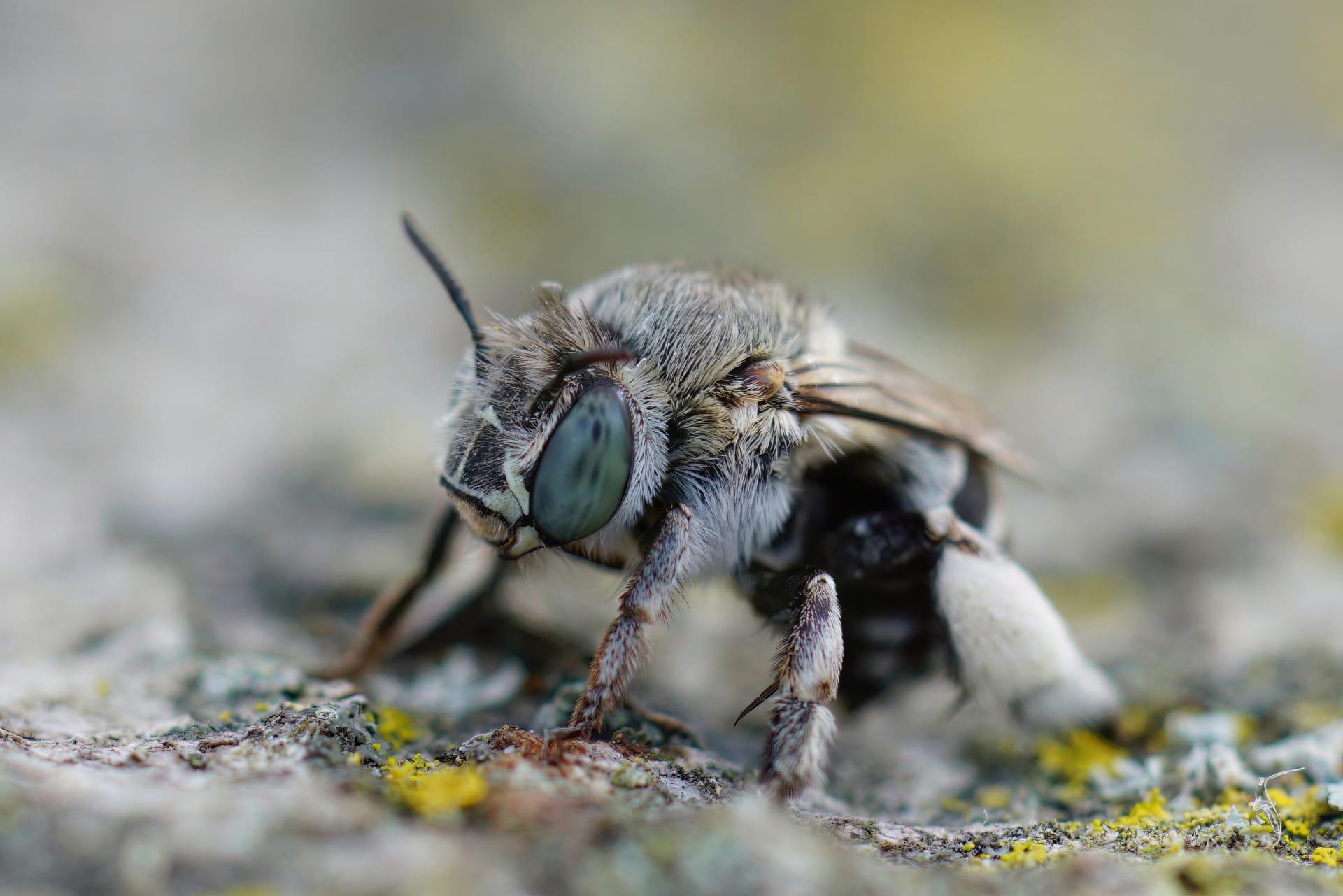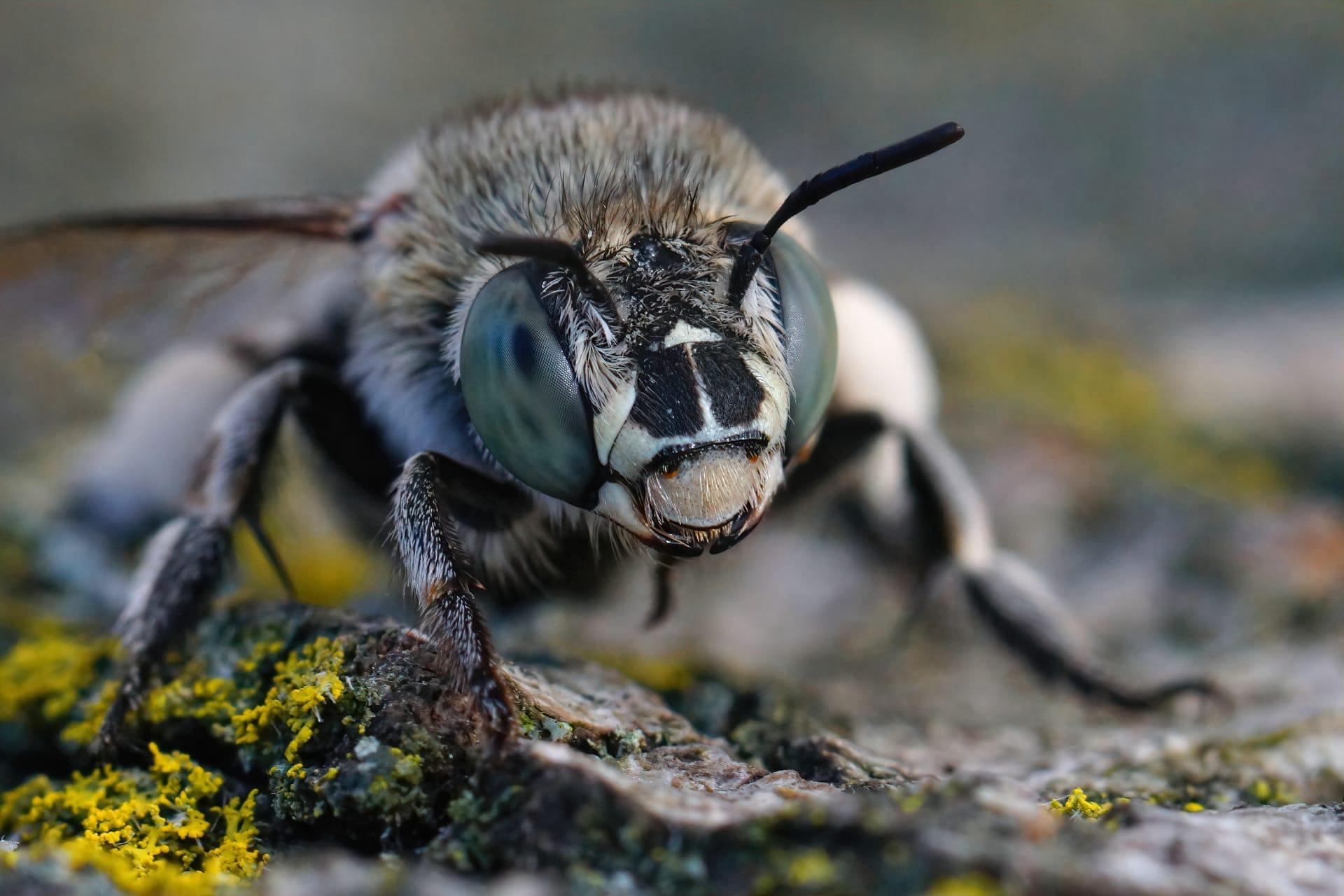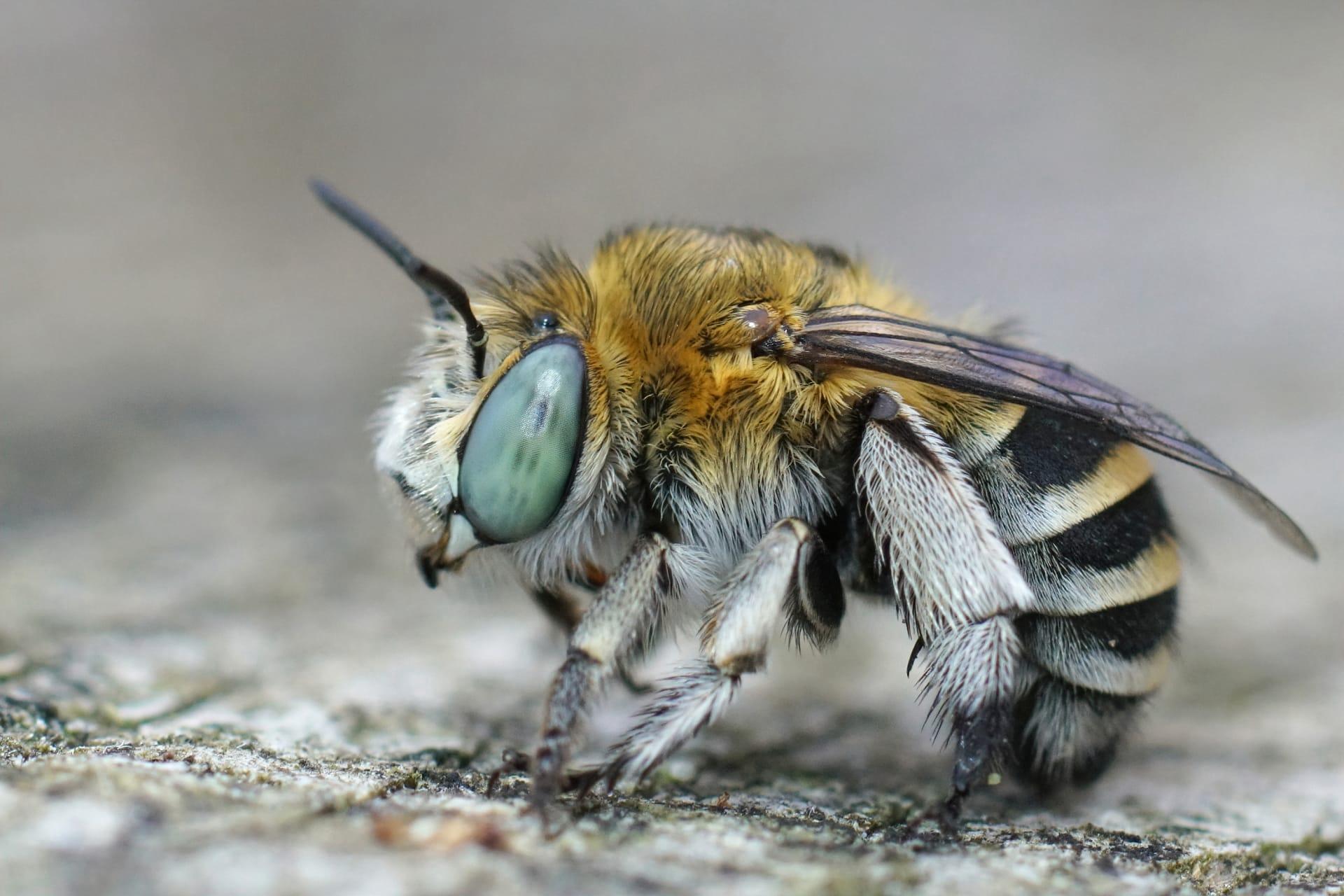Digger Bees Trivia
- Home /
- Trivia Question /
- Animal /
- Digger Bees Trivia
1
Question: How do Digger Bees create their nests?
Answer: Digger Bees, a group including around 400 species, are solitary bees known for their unique nesting habits. They excavate their nests in the ground, preferring sandy or loose soil. A single female bee digs a tunnel, which can be up to 10 inches deep. Within these tunnels, she forms individual cells where she lays her eggs. Each cell is provisioned with a mixture of nectar and pollen, serving as food for the larvae once they hatch.
Question: What is the lifespan of a Digger Bee?
Answer: The lifespan of Digger Bees varies among species, but typically, an adult Digger Bee lives for about 4 to 6 weeks. Their life cycle starts as an egg, and after hatching, they spend the majority of their life as larvae underground, which can last about 10 to 11 months. During this time, they feed on the provisions left by the mother bee. After pupating, they emerge as adults, ready to mate and continue the cycle.

2
Question: Are Digger Bees aggressive?
Answer: Contrary to some misconceptions, Digger Bees are not aggressive. They are solitary bees and do not have a colony or queen to defend, which reduces their tendency to sting. While they can sting if handled or threatened, they are generally non-confrontational towards humans and are more focused on foraging and nesting activities.
Question: Do Digger Bees produce honey?
Answer: Unlike honeybees, Digger Bees do not produce honey. They are solitary bees, meaning each female is responsible for her own nest and offspring. They collect pollen and nectar primarily to feed their larvae. While they are important pollinators, they do not have the social structure or the capability to produce and store honey in quantities like honeybees.

3
Question: What role do Digger Bees play in the ecosystem?
Answer: Digger Bees play a crucial role as pollinators. They are especially effective at pollinating wildflowers and crops, contributing to biodiversity and agricultural productivity. Their nesting behavior also aids in soil aeration, which is beneficial for plant growth. By transferring pollen from flower to flower, they support the reproduction of plants and the health of ecosystems.
Question: How do Digger Bees differ from other bees in terms of appearance?
Answer: Digger Bees vary greatly in size and color, ranging from about 0.3 to 1 inch in length. They often have robust bodies, with some species displaying striking colors like metallic blue or green. Unlike honeybees, Digger Bees usually have less distinct striping and can have a more hairy appearance, which aids in pollen collection.

4
Question: What is the mating behavior of Digger Bees?
Answer: In Digger Bees, mating occurs shortly after the females and males emerge from their underground nests. Males typically emerge first and wait for the females. After mating, the female bee goes on to establish her own nest. Unlike honeybees, there is no queen, and each female is fertile, responsible for laying eggs and providing for her offspring.
Question: How do Digger Bees affect human activities?
Answer: Digger Bees are beneficial to humans, primarily through their pollination services. They are important pollinators for many crops and wild plants, contributing to food production and ecological balance. Their underground nesting can be a concern in manicured landscapes, but they generally do not cause significant damage and their environmental benefits far outweigh any minor inconveniences.

5
Question: What threats do Digger Bees face in their natural habitats?
Answer: Digger Bees face several threats, including habitat loss due to urbanization and agricultural expansion, pesticide exposure, and climate change. These factors can reduce their nesting sites and food sources, impacting their populations. Conservation efforts are important to maintain healthy ecosystems and ensure these vital pollinators can thrive.
Question: Can Digger Bees be found in urban areas?
Answer: Yes, Digger Bees can be found in urban areas, especially in gardens and parks with suitable nesting sites and floral resources. They are adaptable and can nest in small patches of bare soil or sandy areas, making urban gardens a potential habitat. Planting a variety of flowers and reducing pesticide use can help support their presence in urban settings.